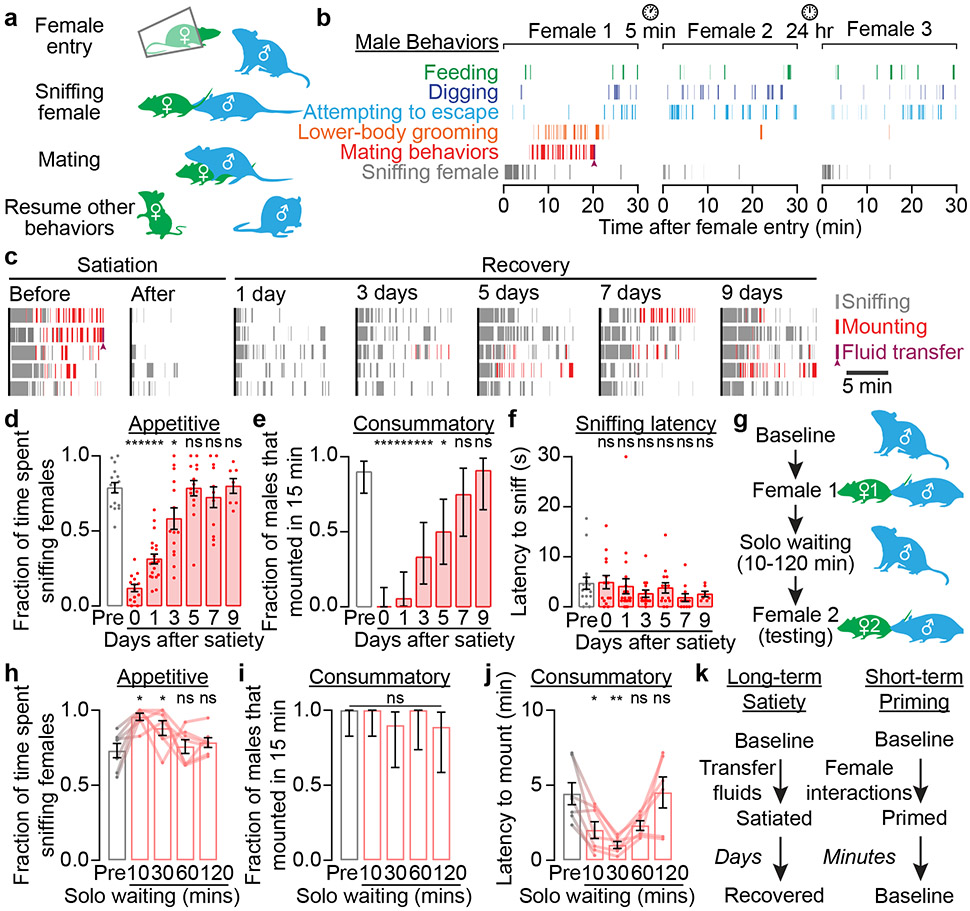Fig. 1 ∣. Motivational regulation of male mating behaviors across minutes and days.
a,b, A typical male C57BL/6J mouse became satiated after transferring reproductive fluids (arrowhead).
c, After the initial sexual satiety, sniffing (gray) and mounting (red) gradually returned over days (n = 5 example males).
d-f, Both the fraction of time that males were engaged in sniffing behavior during the pre-mounting window (up to 5 minutes, d: n = 16, 14, 20, 14, 14, 11, 7 males [dots]) and the fraction of males that tried to mount within the first 15 minutes after female entry (e: mean ± 95% c.i.) decreased after satiety and gradually recovered over ~5-7 days. The latency to sniff did not change (f).
g, In a priming assay, males were first primed by interacting with a female for 15 min (no transfer of fluids was allowed), and then tested with a second female.
h-j, After priming, males (n = 7) more frequently sniffed a second female that was introduced up to 30 minutes later (h), and mounted with shorter latency (j). The fraction of trials with mounting remained near ceiling (i: mean ± 95% c.i.). Gray bars: before priming.
k, Model: regulation of motivational drive across timescales of days (long-term satiety) and minutes (short-term priming).
Mean ± s.e.m. unless otherwise specified. *p<0.05, **p<0.01, ***p<0.001. See Supplementary Table 1 for statistics.

